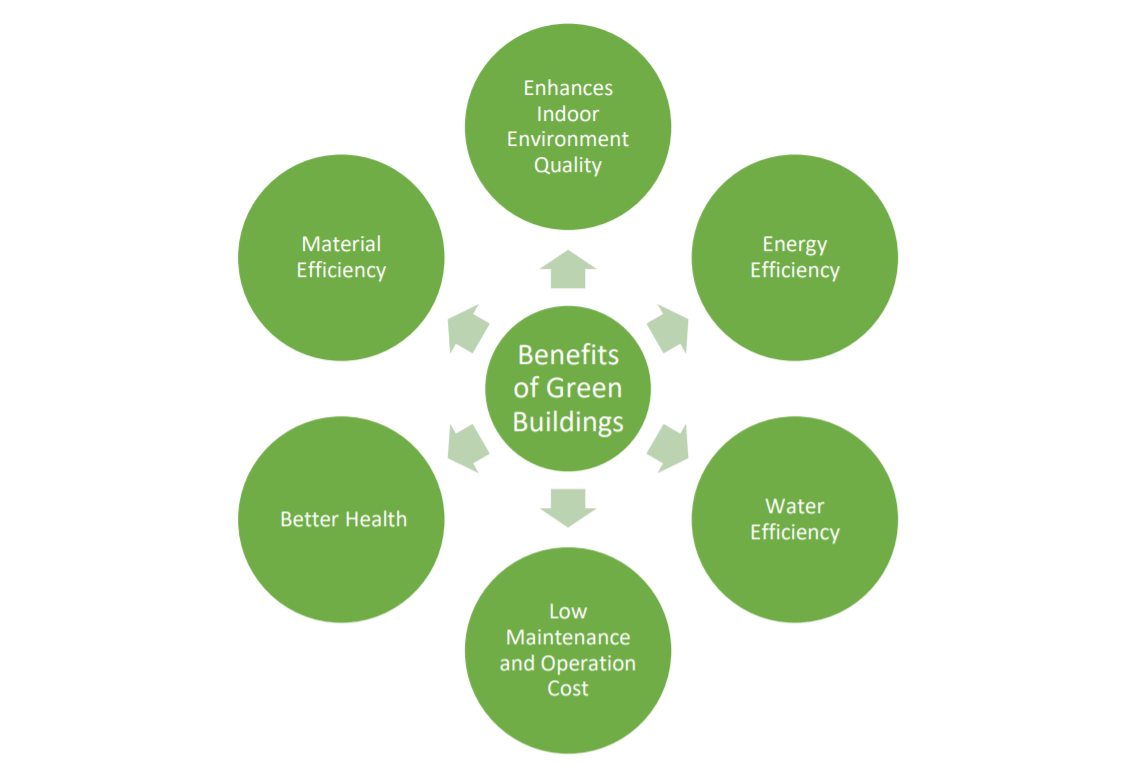The subject of climate change is gaining unprecedented popularity and before the historic Paris Climate Agreement, it was the subject of scientific journals and case studies. However, since the introduction of the Agenda 2030 and its 17 Sustainable Development Goals (SDGs) the world is focusing on climate change and taking measures to “Go Green” and be sustainable. Industries, corporations, tech giants, and governments are introducing different mechanisms and policies to achieve the objectives and targets of SDGs. It is believed that people of the world should adopt a set of pro-active measures at all levels of the industry and government to avoid the dire consequences of climate change. The interdisciplinary nature of the climate mitigation strategies, the role of regional and global governments in executing these strategies, and economic hurdles make it even more complex.
Shifting to sustainable development can be achieved by integrating technology, stakeholder management, fair and participatory governance at national and global levels. Although the global political scenario and priorities are pretty diverse but aiming for common goals can solve a lot of issues. Different transition processes are mentioned in the literature about sustainable development. Regarding the politics of transformations must be considered in terms of regimes of accumulation. In simple words, we can say that “who gets what and how it is distributed, a classic concern of political economy”. The new “process of change” can’t be implemented through mere ornamental actions.
The UN 17 SDGs can lead to collective success and achieve sustainability. Sustainability is a way of life and to achieve it, one must assiduously put effort into it in all phases of life. The integrative nature of SDGs can enhance the impact of those strategies in achieving other goals as well. For example, making the built environment sustainable or green can push the associated industries and supply chains for sustainability because of the innate nature of the construction industry. However, one must be careful that the “greener products” are not disturbing the natural ecosystem or creating new risks for all the local and global stakeholders. The world is realizing the fact the buildings in their complete life cycle can play a vital role in reducing carbon emissions. The global surge in green building projects exhibits the acceptance of green building projects. Buildings consume water and electricity and one-third of global energy consumption is in buildings as well as the raw materials used in construction. The green construction movement is gaining attention. More and more builders and cities are realizing how much is to be gained. Building’s floor area is projected to double to more than 415 billion square meters by 2050, and energy demand is expected to grow by as much as 50%. To keep global warming below 2 degrees Celsius, a completely different level of ambition is needed. By 2060, the IEA 2-Degree Scenario involves a reduction of 85 percent in building-related CO2 emissions from current levels. This means that by 2030, all new buildings must be carbon neutral, and by 2050, all new and existing buildings must be net carbon neutral. Following are the benefits of Green Buildings.
 Good design with-in architecture and the built environment creates healthy places with important features such as parks and waterscapes, and encourages cycling, walking, and clean air. People-centered building design emphasizes wellness and well-being, which are the pillars of productivity. Sick building syndrome (SBS) is a set of causes that can have a variety of harmful effects on physical health. Since the human body is one interconnected biological system, physical health is linked to psychological well-being. International WELL Building standard has designed a WELL Building standard to help people to design their spaces healthy to reduce the negative impacts on human health.
Good design with-in architecture and the built environment creates healthy places with important features such as parks and waterscapes, and encourages cycling, walking, and clean air. People-centered building design emphasizes wellness and well-being, which are the pillars of productivity. Sick building syndrome (SBS) is a set of causes that can have a variety of harmful effects on physical health. Since the human body is one interconnected biological system, physical health is linked to psychological well-being. International WELL Building standard has designed a WELL Building standard to help people to design their spaces healthy to reduce the negative impacts on human health.
The concept of Circular Economy has been introduced to further enhance the resilience of sustainable efforts. This concept facilitates the process of fair supply chains throughout the life cycle of any product. The concept of the circular economy is simple in which nothing goes to waste and the waste of one system is the input of another system. The process in which there is zero waste and everything is following a closed-loop approach. In short, nothing goes to waste. Investment is required to address these challenges. Growing awareness about these problems, as well as the enormity of the economic costs and financial losses facing the financial sector, has sparked a remarkable interest in the private sector to scale up investments committed to mitigating (and adjusting to) climate change. In collaboration with leading financial institutions, the Loan Market Association established a structured industry structure for financing projects that have strong environmental benefits. The Green Loan Principles (GLPs) are based on the wellknown Green Bond Principles (GBPs) and encourage the same level of transparency in project selection, funding, and reporting. The Financing Sustainable Cities Initiative recently examined 16 case studies of municipal retrofit projects and ventures to build a map of the elements that go into successful business models. According to the results, cities used a range of tools, including electricity tariff subsidies, investment funds, and concessional financing. The demand for these types of investments is anticipated to accelerate as the global concept of sustainable finance keeps rising, especially from companies committed to reducing their carbon footprint and making a positive impact.
In conclusion, we can say that there is no single solution to achieve sustainability. The set of solutions must aim for the common focus of governmental reforms for sustainable development without any discrimination. A structure that can comprehend and formalize the laws that govern social behavior. Institutional reform that incorporates sustainability-related legislation, incentives, and policies can be seen as promoting new paths to growth and sustainability. New institutional economics has become a common way of connecting society and economy, identifying how institutional change, influenced by different transaction costs, can assist us in moving toward a more sustainable alternative. Such approaches, on the other hand, have been criticized for relying on individually tailored incentives and being too functionalist in perspective and therefore failing to engage with larger political economy processes.

Article by Jagannathan Mohan, Ph.D., P.Eng., FEC (Canada) for Epistle News.



